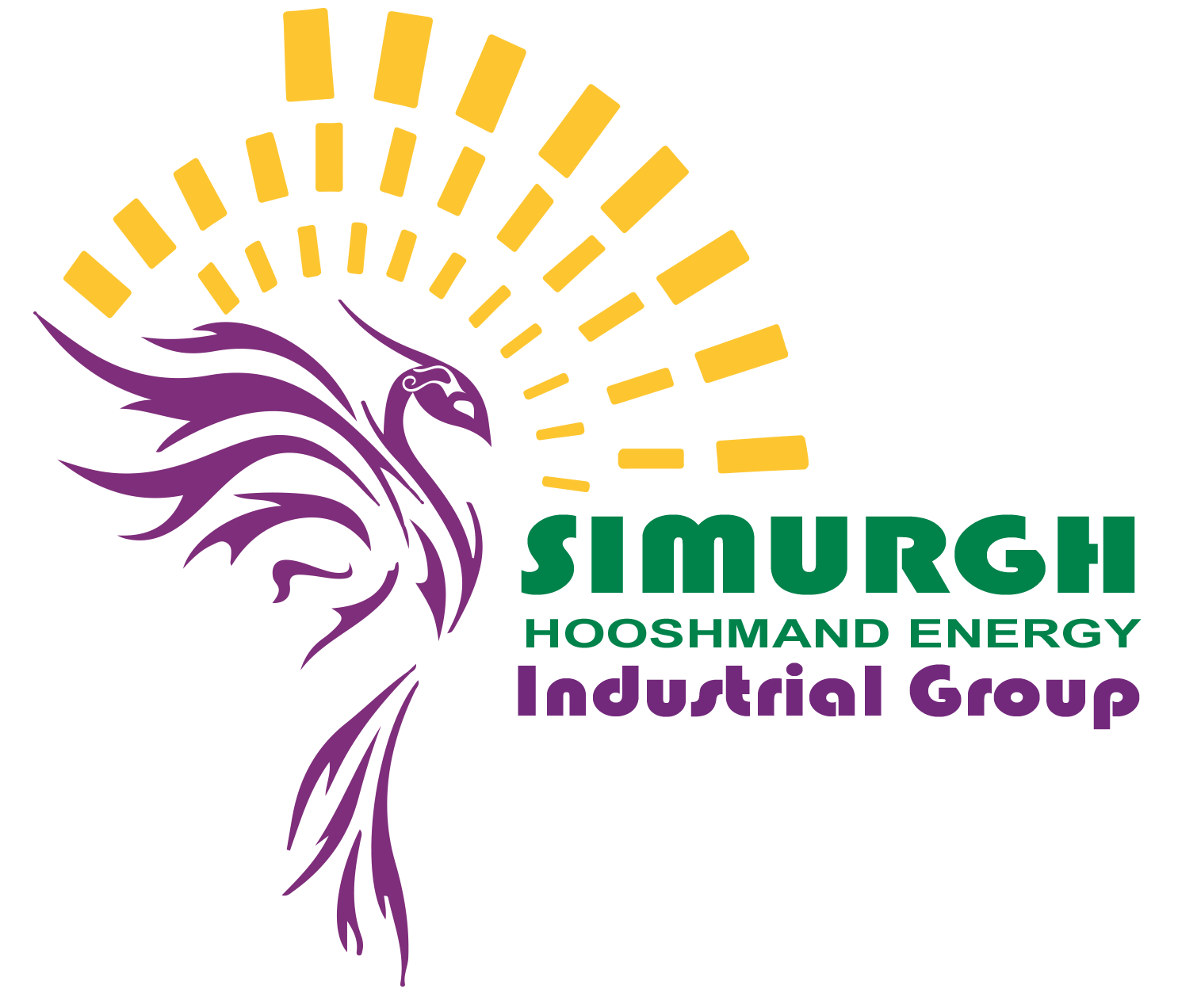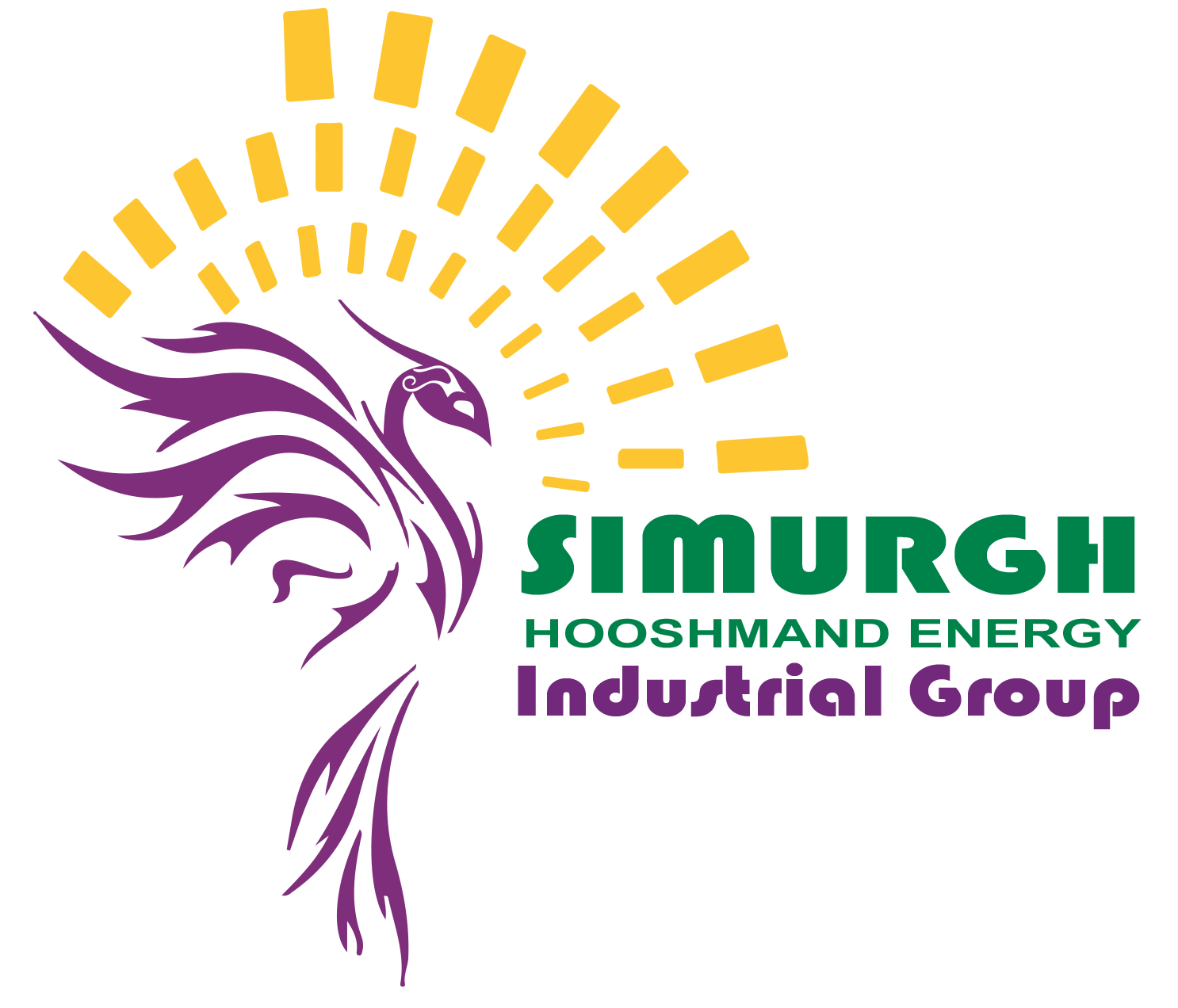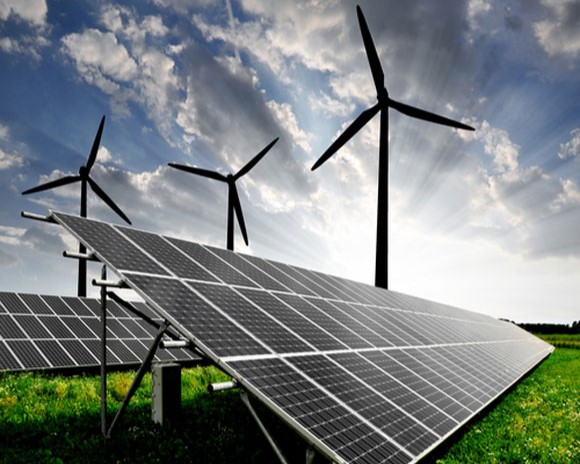Simorgh Smart Energy Company, utilizing the world’s modern methods in designing, consulting, building and smartizing greenhouses , poultry farms and cattle farms , has an experienced staff that can meet all your needs in the field of smartization and bring comfort and convenience. Our every effort is to do the best job for you with the highest quality products. Hereby, Simorgh Smart Group announces its full readiness for smartization in the fields of agriculture, animal husbandry and industry in all parts of Iran with the best quality in design and installation.


